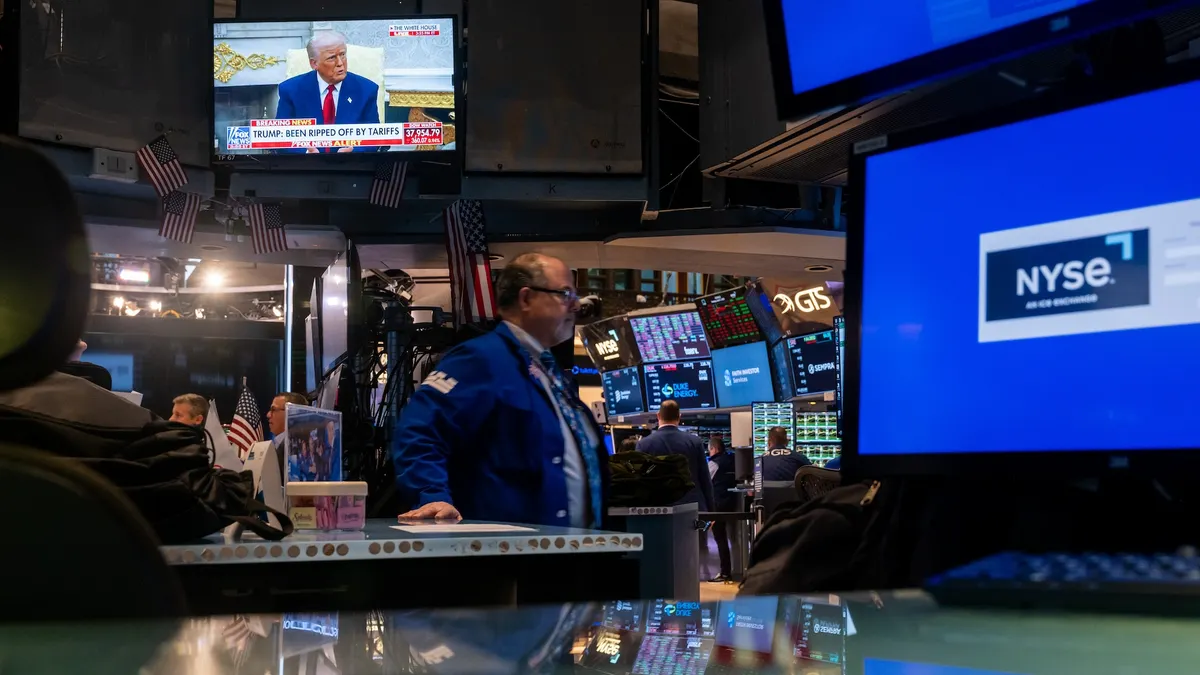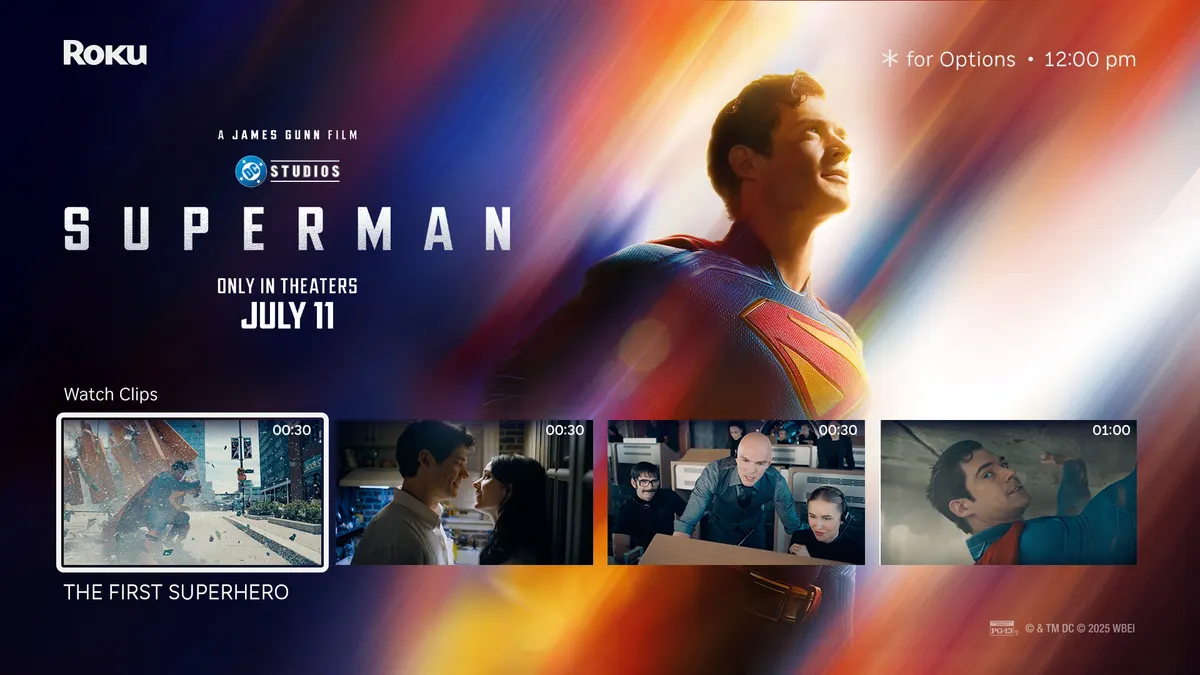Editor's Note: The following is a guest post from Richard Bush, chief technology officer of NYIAX (New York Interactive Advertising Exchange).
It’s hard not to think of airline pilots whenever someone insists that automation in the advertising industry will make people obsolete. Pilots, after all, have witnessed so much automation in the cockpit over the past few decades that many believe their role in flying the plane is superfluous.
However, at the same time, aviation experts are concerned that pilots who rely too much on machines risk losing key skills — a warning that implies machines don’t truly replace humans. Perhaps this is why a Pew survey found that a majority of Americans believe that within 50 years, robots and computers will do much of the work currently done by humans, but that very few of the respondents expect their own professions to experience substantial impacts. Is this disconnect a matter of denial, or do workers know something about their jobs that the conventional wisdom on automation fails to capture?
The answer hinges on the definitions we use. Automation isn’t a monolith. Broadly speaking, there are two types of automation shaping the future of ad tech.
Machine-to-machine has already created a sophisticated delivery network
Within advertising, machine-to-machine automation describes the vast infrastructure of the LUMAscape. Inside that infrastructure, automation is increasingly deployed to ensure the real-time delivery of targeted ads. Without this automated infrastructure, programmatic buying and the real-time-bidding-driven ecosystem would, at most, be a shell of what it currently is.
While not without its flaws, this infrastructure is incredibly powerful. Automation not only achieves what humans cannot (the delivery of ads, across an immense media ecosystem, in real-time); automation also enables a virtuous circle of optimization as algorithms identify opportunities for improving performance. Still, like all infrastructure, no matter how sophisticated it becomes, the technology can never be totally self-propelled because people are essential for determining strategy and application.
People-to-process automation
People-to-process automation is machines learning from people. Here is where the fears expressed in the Pew study materialize. One common example of people-to-process automation is the commercial truck driver — a profession machines will supposedly make obsolete in the next few years. But while automation will certainly transform trucking, why are we so certain humans won’t have a role to play?
Drawing from our experience with commercial aviation, a human driver will be seen as an essential safeguard. But it’s not just about having a backup. What will an automated truck do if detained by local law enforcement, or a client refuses to pay upon delivery? Successful resolution requires judgment. The truck driver might join the Pony Express rider in the history books, but an automated truck driver could just as easily open the door for a new human role — one that’s more merchant and customer service representative than driver.
A similar story is playing out inside the media business. For all the high-tech advances around advertising infrastructure, media buying and selling remains a relatively low-tech affair of personal connections and Excel spreadsheets. People-to-process automation will free buyers and sellers from the minutia of tasks better left to automation. More importantly, once free from the grunt work of finding counterparties, tracking contractual details, and dozens of other tasks, buyers and sellers will be empowered in the same way that similar technologies have empowered Wall Street traders to standardize and scale trading operations. At that point, buyers and sellers will be far from obsolete, but the skill sets and job descriptions we associate with those positions will take on a more important and strategic outlook.
Automation will transform the media buyer into the media trader
Trading has always been deemphasized in the media buyer’s job — “media buyer” is the preferred title on the demand side, while “sales” covers the supply side. To the extent that machines are able to learn from media buyers and sellers, those people will be free to act as true media traders. Without the friction of executing each deal, traders will focus on a more holistic and forward-looking view that emphasizes planning and strategy, as opposed to managing and optimizing automated infrastructure.
The transformative effects of people-to-process automation won’t be limited to the role of media trader or the function of a specific organization. The inefficiencies media traders experience determine the nature and scope of the market in which they participate. When traders are free to actually trade media contracts, the skill of media trading will begin to revolve around what they plan to buy, sell (or resell) tomorrow. That’s a significant departure from today’s market — one that will be felt most when it comes to planning. At the moment, planning remains a hollow promise without the insights that can be gleaned from a forward-looking market. As people-to-process automation frees up humans to create a forward-looking market, it also empowers them to use their full expertise in the marketplace.
Where will this leave the enterprise?
Machine learning is a people-first endeavor. Looking at the technologies a firm is able to build around, people-to-process automation will inevitably reflect the unique skills of the people working in that enterprise. This won’t happen overnight, but even if it happens faster than we think, humans will still find themselves pioneering new skills to address whatever new challenges emerge. The alternative isn’t just the stuff of bleak science fiction; it’s a recipe for stagnation because automation without humans will optimize but will never innovate.
In the coming years, the enterprises that succeed won’t be the ones that automate to workforce zero; they will be the firms that build their own tech, from their own data, to solve the challenges they find most pressing. This transformation will be widespread, but automation will be as diverse as the human experience, because just like every tool since the first stone hammer, the utility of the technology will only make sense in a context defined by humans. What that context will be, however, is a topic for the future, because automation is only now unleashing the next wave human innovation.


















